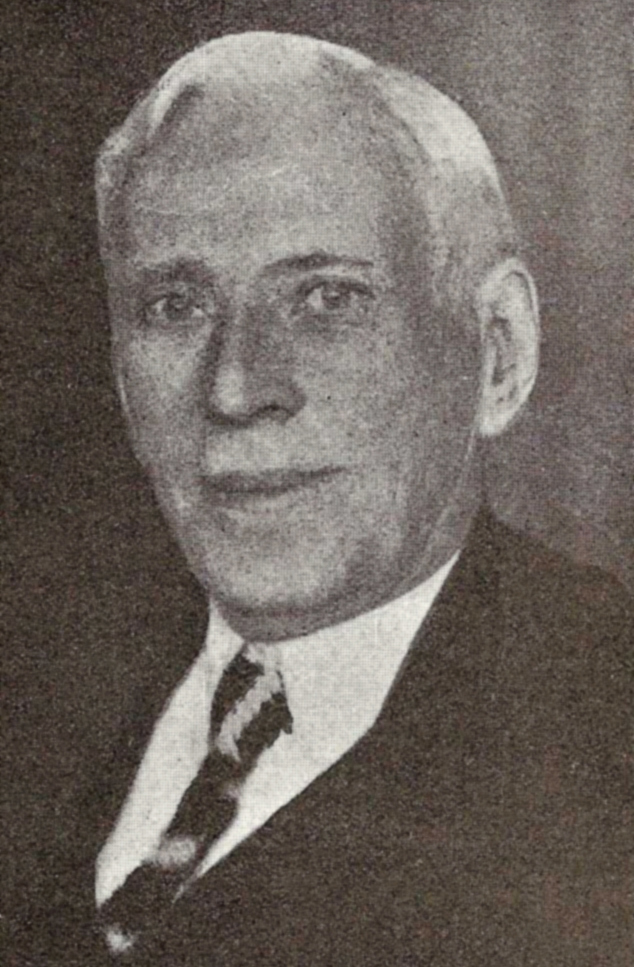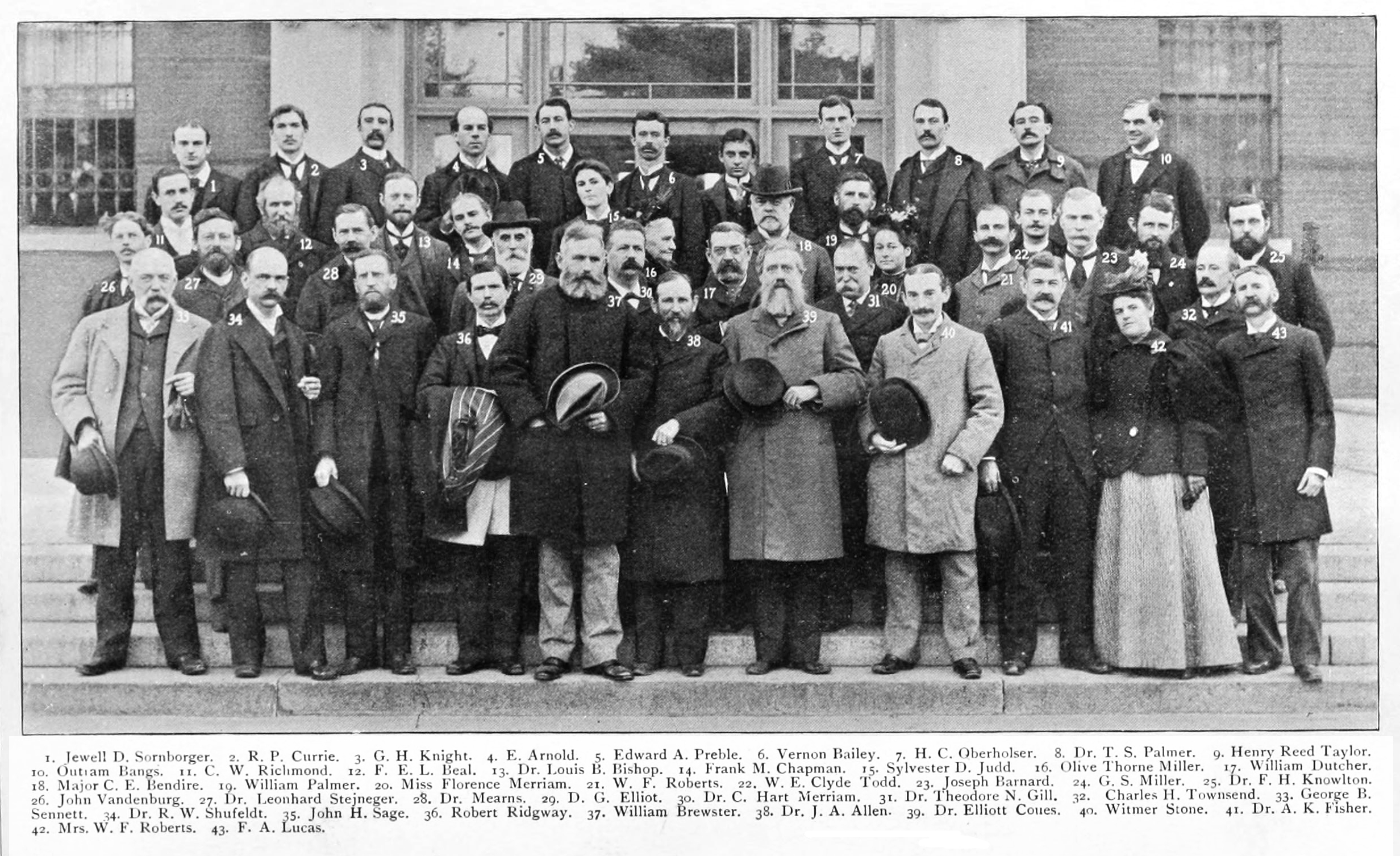|
Gyula Madarász
Gyula János István Madarász (3 May 1858 – 29 December 1931), also known as Julius von Madarász or Julius Madarász von Nemeskisfalud, was a Hungarian ornithologist and nature artist, who worked at the Hungarian National Museum. He founded several Hungarian bird journals and a number of subspecies of bird carry his name, including ''Chloris chloris madaraszi'', ''Colluricincla megarhyncha madaraszi'', ''Eremopterix leucotis madaraszi'', ''Xanthotis flaviventer madaraszi''. A parrot species '' Psittacella madaraszi'' is also named after him. Early life and education Born in Pest, Madarász came from a wealthy family of minor nobility. His parents were Zsigmond Ede Madarász who had studied law and Szerafine Szabadffy. Because he was financially independent, he could devote his entire life to scientific work. He went to the Catholic Gymnasium in Pest and then the Piarist Gymnasium in Budapest (1877). After that he attended the University of Budapest, first studying medicin ... [...More Info...] [...Related Items...] OR: [Wikipedia] [Google] [Baidu] |
Lajos Bíró (zoologist)
Lajos Bíró (August 29, 1856 – September 2, 1931) was a zoologist from Hungary Hungary is a landlocked country in Central Europe. Spanning much of the Pannonian Basin, Carpathian Basin, it is bordered by Slovakia to the north, Ukraine to the northeast, Romania to the east and southeast, Serbia to the south, Croatia and .... He explored Papua New Guinea between 1896 and 1902 and collected nearly 200000 specimens of which 2400 species were new to science. Many species, such as the beetle ''Catascopus biroi'', were named after him. He graduated from the Calvinist College in Zilah. Works *(1882): Adatok Zemplén megye természetrajzi ismeretéhez 2. Dr. Chyzer Kornél gyűjteményének bogarai. Magyar Orvosok és Természetvizsgálók XXII. Debrecenben 1882 évben tartott vándorgyűlésének munkálatai. 1–54. *(1896): Levelek Új-Guineából. Természettudományi Közlöny XXVIII: 533–542, 552–588, 629–634. *(1897): Biró Lajos levelei Új-Guineából. Term ... [...More Info...] [...Related Items...] OR: [Wikipedia] [Google] [Baidu] |
Hungarian Ornithologists
Hungarian may refer to: * Hungary, a country in Central Europe * Kingdom of Hungary, state of Hungary, existing between 1000 and 1946 * Hungarians/Magyars, ethnic groups in Hungary * Hungarian algorithm, a polynomial time algorithm for solving the assignment problem * Hungarian language, a Uralic language spoken in Hungary and all neighbouring countries * Hungarian notation, a naming convention in computer programming * Hungarian cuisine Hungarian or Magyar cuisine (Hungarian language, Hungarian: ''Magyar konyha'') is the cuisine characteristic of the nation of Hungary, and its primary ethnic group, the Hungarians, Magyars. Hungarian cuisine has been described as being the P ..., the cuisine of Hungary and the Hungarians See also * * {{disambiguation Language and nationality disambiguation pages ... [...More Info...] [...Related Items...] OR: [Wikipedia] [Google] [Baidu] |
People From Pest, Hungary
The term "the people" refers to the public or common mass of people of a polity. As such it is a concept of human rights law, international law as well as constitutional law, particularly used for claims of popular sovereignty. In contrast, a people is any plurality of persons considered as a whole. Used in politics and law, the term "a people" refers to the collective or community of an ethnic group or nation. Concepts Legal Chapter One, Article One of the Charter of the United Nations states that "peoples" have the right to self-determination. Though the mere status as peoples and the right to self-determination, as for example in the case of Indigenous peoples (''peoples'', as in all groups of indigenous people, not merely all indigenous persons as in ''indigenous people''), does not automatically provide for independent sovereignty and therefore secession. Indeed, judge Ivor Jennings identified the inherent problems in the right of "peoples" to self-determination, as i ... [...More Info...] [...Related Items...] OR: [Wikipedia] [Google] [Baidu] |
1931 Deaths
Events January * January 2 – South Dakota native Ernest Lawrence invents the cyclotron, used to accelerate particles to study nuclear physics. * January 4 – German pilot Elly Beinhorn begins her flight to Africa. * January 22 – Sir Isaac Isaacs is sworn in as the first Australian-born Governor-General of Australia. * January 25 – Mohandas Gandhi is again released from imprisonment in India. * January 27 – Pierre Laval forms a government in France. * January 30 – Charlie Chaplin comedy drama film ''City Lights'' receives its public premiere at the Los Angeles Theater with Albert Einstein as guest of honor. Contrary to the current trend in cinema, it is a silent film, but with a score by Chaplin. Critically and commercially successful from the start, it will place consistently in lists of films considered the best of all time. February * February 4 – Soviet leader Joseph Stalin gives a speech calling for rapid industrialization, arguing that only strong indus ... [...More Info...] [...Related Items...] OR: [Wikipedia] [Google] [Baidu] |
1858 Births
Events January–March * January 9 ** Revolt of Rajab Ali: British forces finally defeat Rajab Ali Khan of Chittagong. ** Anson Jones, the last president of the Republic of Texas, commits suicide. * January 14 – Orsini affair: Piedmontese revolutionary Felice Orsini and his accomplices fail to assassinate Napoleon III in Paris, but their bombs kill eight and wound 142 people. Because of the involvement of French émigrés living in Britain, there is a brief anti-British feeling in France, but the emperor refuses to support it. * January 25 – The '' Wedding March'' by Felix Mendelssohn becomes a popular wedding recessional, after it is played on this day at the marriage of Queen Victoria's daughter Victoria, Princess Royal, to Prince Friedrich of Prussia in St James's Palace, London. * January ** Benito Juárez becomes the Liberal President of Mexico and its first indigenous president. At the same time, the conservatives installed Félix María Zuloaga as a ... [...More Info...] [...Related Items...] OR: [Wikipedia] [Google] [Baidu] |
Hungarian National Gallery
The Hungarian National Gallery (also known as Magyar Nemzeti Galéria, ), was established in 1957 as the national art museum. It is located in Buda Castle in Budapest, Hungary. Its collections cover Hungarian art in all genres, including the works of many nineteenth- and twentieth-century Hungarian artists who worked in Paris and other locations in the West. The primary museum for international art in Budapest is the Museum of Fine Arts. Exhibitions The National Gallery houses Medieval, Renaissance, Gothic art, and Baroque Hungarian art. The collection includes wood altars from the 15th century. The museum displays a number of works from Hungarian sculptors such as Károly Alexy, Maurice Ascalon, Miklós Borsos, Gyula Donáth, János Fadrusz, Béni Ferenczy, István Ferenczy and Miklós Izsó. It also exhibits paintings and photographs by major Hungarian artists such as Brassai and Ervin Marton, part of the circle who worked in Paris before World War II ... [...More Info...] [...Related Items...] OR: [Wikipedia] [Google] [Baidu] |
Antal Ligeti
Antal Ligeti (10 January 1823, Nagykároly - 5 January 1890, Budapest) was a Hungarian landscape painter. Biography Born Antal Hekler, he was expected to follow in the family's footsteps and become a merchant, but he was so intent on being an artist that he abandoned the comforts of home and went to Italy. He travelled through Naples and spent some time in Florence, where he came under the tutelage of his fellow countryman Károly Markó.Biographical sketch @ Magyar Elektronikus Könyvtár. He spent a short time in Munich and, upon returning to his homeland in 1848, briefly fought in the Hungarian Revolution. Two years later, he settled in |
Adolf Bernhard Meyer
Adolf Bernhard Meyer (11 October 1840, Hamburg – 22 August 1911, Dresden) was a German anthropologist, ornithologist, entomologist, and herpetologist. He served for nearly thirty years as director of the Königlich Zoologisches und Anthropologisch-Ethnographisches Museum (now the natural history museum or Museum für Tierkunde Dresden) in Dresden. He worked on comparative anatomy and appreciated the ideas of evolution, and influenced many German scientists by translating into German the 1858 papers by Darwin and Wallace which first proposed evolution by natural selection. Influenced by the writings of Wallace with whom he interacted, he travelled to Southeast Asia, and collected specimens and recorded his observations from the region. Biography Meyer was born in a wealthy Jewish family in Hamburg as Aron Baruch Meyer, and was educated at the universities of Göttingen, Vienna, Zürich and Berlin. He became director of the Anthropological and Ethnographic Museum in Dresden in 1 ... [...More Info...] [...Related Items...] OR: [Wikipedia] [Google] [Baidu] |
American Ornithologists' Union
The American Ornithological Society (AOS) is an ornithological organization based in the United States. The society was formed in October 2016 by the merger of the American Ornithologists' Union (AOU) and the Cooper Ornithological Society. Its members are primarily professional ornithologists, although membership is open to anyone with an interest in birds. The society publishes the two scholarly journals, Ornithology' (formerly '' The Auk)'' and Ornithological Applications' (formerly '' The Condor)'' as well as the '' AOS Checklist of North American Birds''. The American Ornithological Society claims the authority to establish standardized English bird names throughout North and South Americas. In 2013, the American Ornithologists' Union (AOU) announced a collaboration with the Cooper Ornithological Society, streamlining operations through joint meetings, a shared publishing office, and a reorientation of their journals. By October 2016, the AOU ceased its independent status, ... [...More Info...] [...Related Items...] OR: [Wikipedia] [Google] [Baidu] |
British Ornithologists' Union
The British Ornithologists' Union (BOU) aims to encourage the study of birds (ornithology) around the world in order to understand their biology and aid their conservation. The BOU was founded in 1858 by Professor Alfred Newton, Henry Baker Tristram and other scientists. Its quarterly journal, '' Ibis'', has been published continuously since 1859. The Records Committee (BOURC) is a committee of the BOU established to maintain the British List, the official list of birds recorded in Great Britain. BOU is headquartered in Peterborough and is a registered charity in England & Wales and Scotland. Objectives and activities * Publishes '' Ibis'' as a leading international journal of ornithological science. * Organizes a program of meetings and conferences. * Awards grants and bursaries for ornithological research. * Encourages liaison between those actively engaged in ornithological research. * Provides a representative body of the scientific community able to provide ornit ... [...More Info...] [...Related Items...] OR: [Wikipedia] [Google] [Baidu] |




